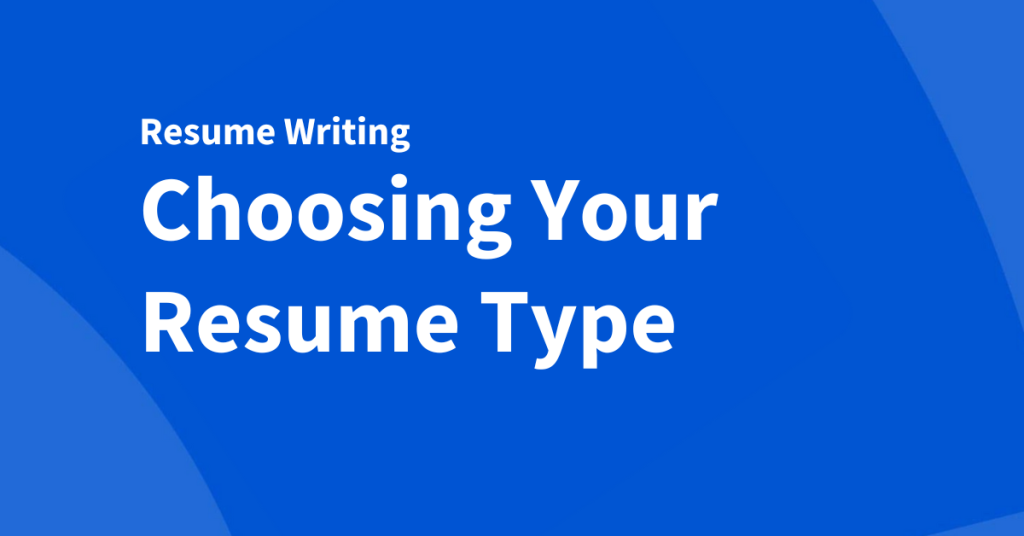3 resume templates & how to pick the right one for you


So far in this series, we’ve laid the groundwork for resume writing by exploring our career goals and the key job skills it’ll take to achieve them. This week, we’re going to use those insights to choose the type of resume that is best structured to show off your skills.
We recommend structuring your resume around your skills because of the growing popularity of skills-based hiring. Skills-based hiring is when organizations prioritize a candidate’s proven skills over their named credentials (meaning employers want to see that you’ve applied your learnings; not just that you’ve learned).
According to the World Economic Forum’s 2023 Future of Jobs Report, 95 percent of companies surveyed said they assess skills during the hiring process. Many of the ways they assess skills can be found on a resume, detailed in your work experience, university degrees, online courses and certificates, and apprenticeships.
The takeaway: Highlight your skills and how you’ve used them on your resume.
The best way to do that will depend on your experience. Let’s discuss some common resume types.
Types of resumes
Not all resumes have to look the same. Currently, there are three types of resumes that experts commonly discuss:
- Chronological, in which you list your credentials in reverse-chronological order (starting with the most recent). This is the most well-known resume type and will likely be the most digestible for recruiters, hiring managers, and applicant tracking systems (ATS) alike. Use this format when your past experience clearly aligns with the roles you’re applying for, for example, if you’re seeking career advancement.
- Functional, a resume organized by skills rather than by roles. This can be a more modern approach to resume writing, so may not be as widely appreciated as other resume types (and ATS are generally not optimized to interpret this format), but if you’re switching careers, this can be an effective way to highlight your transferable skills.
- Combination, in which you pull elements from chronological and functional resumes to create a format unique to your experience. This can be a happy medium if you’re applying for roles through an ATS and want to spotlight skills earned outside of a traditional work environment, for example, if you’re seeking your first job or a career change.
To determine the right resume format for you, revisit your job skills list from last week. Next to each skill, note a way you’ve used that skill to produce some positive result. Prioritize examples that took place in a work environment, but you should also include examples from your educational pursuits, volunteer work, professional groups, personal projects, or any other environment where you used those skills. Then, consider which resume format offers the best structure to incorporate all of those examples.
Reader tip: Last week, in the comment section, Peter Ndiforchu recommended taking a skill inventory for anyone interested in changing careers. For a quick motivational boost, read Peter’s transferable skills success story.
In the next issue, we’ll talk about using resume sections to craft your career story. In the meantime, you can find templates for each resume type in the links above or jump into resume writing with SUNY’s How to Write a Resume course, which takes about five hours to complete.
Let us know how it goes in the comments. See you next time!
P.S. The Future of Jobs Report we mentioned above is full of great information, including job creation projections (page 30) and in-demand skills on the rise (page 39). Coursera contributed to the report alongside LinkedIn and Indeed. It’s worth a read as you strategize your next career moves.


